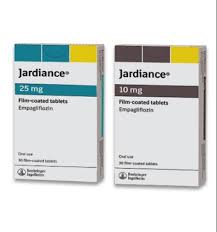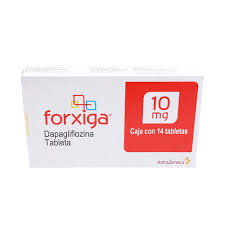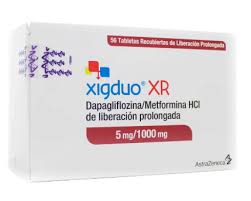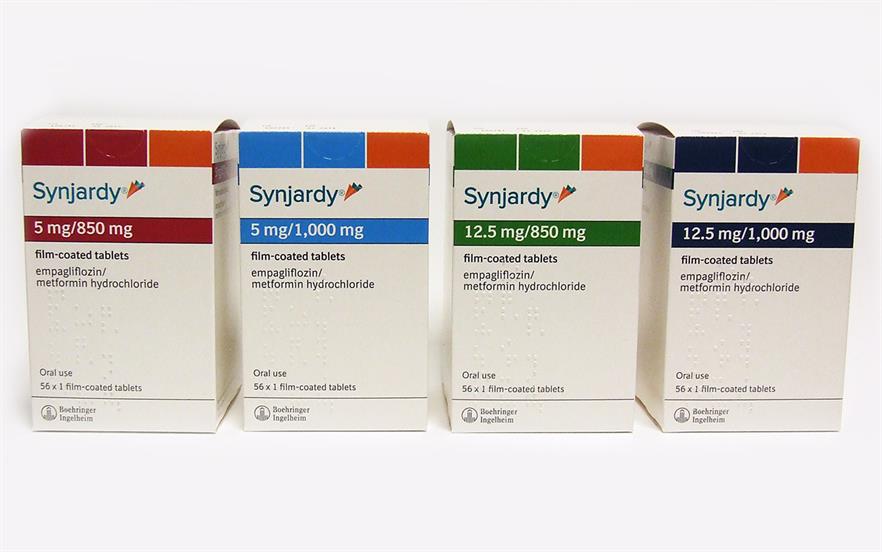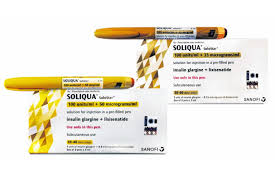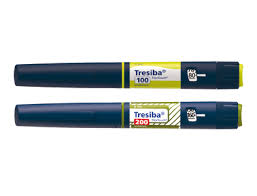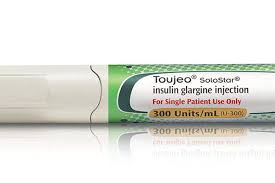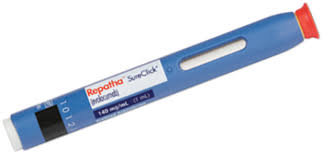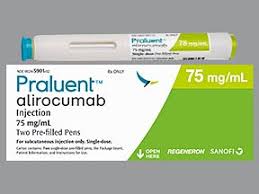Lot of money has been pumped in the research to make the management of diabetes less painful and better to help in better compliance of medications. All said and done one must never forget the lifestyle habits which include getting in at least 150 minutes of moderate physical activity, controlling food portions, reducing stress and avoiding smoking and alcohol.
There are a lot of new modalities in sugar checking and monitoring which was detailed in earlier blog. There are some more which are pending patent and approval.
When the sugar levels do not improve with adequate dose of oral sugar lowering therapies, there were not many options but to start on an injectable therapy. All the new formulations have to prove they are beneficial to the heart and do not harm the heart. This is because heart related problems are the commonest cause of mortality.
There is a class of oral medicine called Sodium Glucose Transporter 2 inhibitor which controls sugar by preventing the re-absorption of glucose by the kidneys. This causes approximately 70 g of glucose to be excreted through the urine. One has to drink more fluids to prevent urinary infection. Dapagliflozin, Empagliflozin, Ertugliflozin, Bexagliflozin and Canagliflozin are available around the world. These are also available in combination with metformin in varying strengths which helps to complement the effect of the medicine. Many are under the impression this is a substitute for insulin and is a wonder drug. This must be carefully used after consultation with the health care provider. This class of medicine must be used only for those with type 2 diabetes. This medicine must be used with caution among those who are on secretogogues or insulin, among the older age population, pregnant and nursing women and not to be used among those with type 1 diabetes. This class of medicines help push the sugar out through the urine and so can cause polyuria and also increase the chances for developing urogenital infection or candidiasis. This also may cause excretion of sodium and potassium, but not significantly unless given along with diuretics used in the treatment of hypertension or heart failure. This class of medicine has cardiovascular benefits and also can be used in those with kidney disease even up to an eGFR of 30 ml/min/1.73 sq m. Beware of an increase in serum creatinine for the initial month or two, when on this medicine. The urine test will always show sugar in those taking this medicine.
As the duration of diabetes advances, the pancreas may not be able to control the sugar levels despite being on maximum tolerable dose of oral sugar lowering medicines. There are times when insulin has to be initiated ( detailed in an earlier blog). Insulin commonly causes weight gain which has been a major point of concern. There are fixed drug combination which combine a group of medicines called GLP 1 RA which helps to control diabetes by reducing glucagon levels and also help in controlling appetite and thus help in reducing weight and long acting insulin. Xultophy ® combining Liraglutide and Degludec and Soliqua® combining Lixisenatide and Glargine are the available brands. These preparations may have stomach upset and so the dose is titrated gradually. Semaglutide is available in an oral form under the name, Rybelsus®. This is to be taken on en empty stomach with half a glass of water. The dose is gradually escalated from 3 mg to 14 mg depending upon the gastrointestinal tolerability. Injectable Semaglutide, Ozempic®, and another injectable Tirzapetide ( a GLP 1RA with GIP combination) under the name Mounjaro® are weekly once non insulin injections. Trials are now ongoing for a triple receptor agonist-GIP, GLP1RA and Glucagon- called Retatrutide- which has got a better control over diabetes mellitus and weight reduction. None of these are advised among those with type 1 Diabetes, those who are nursing or pregnant women.
The dose has to be adjusted as per the health care providers advice.
There are insulin preparations which work for longer than 24 hours. Insulin Glargine long acting ( Toujeo® U-300- this means there is 300 units of insulin in cartridge), Insulin Degludec( Tresiba®).Icodec is a weekly once doses basal insulin. Biosimilar Glargine is available under the name, Basalgar®.
 Dulaglutide ( Trulicity®) is to be taken once a week which helps reducing the appetite and weight. This belongs to a class of drugs called GLP 1 RA.
Dulaglutide ( Trulicity®) is to be taken once a week which helps reducing the appetite and weight. This belongs to a class of drugs called GLP 1 RA.
There are cholesterol lowering medicines coming in injectable forms which need to be given once in 2 weeks. It is a prefilled singe use syringe. These are expensive and may need to be combined with cholesterol lowering tablets to help reduce the levels. Evolocumab and Alirocumab are the types available in the market.
Please discuss with the treating doctor regarding the feasibility of using these as part of your treatment regimen.











